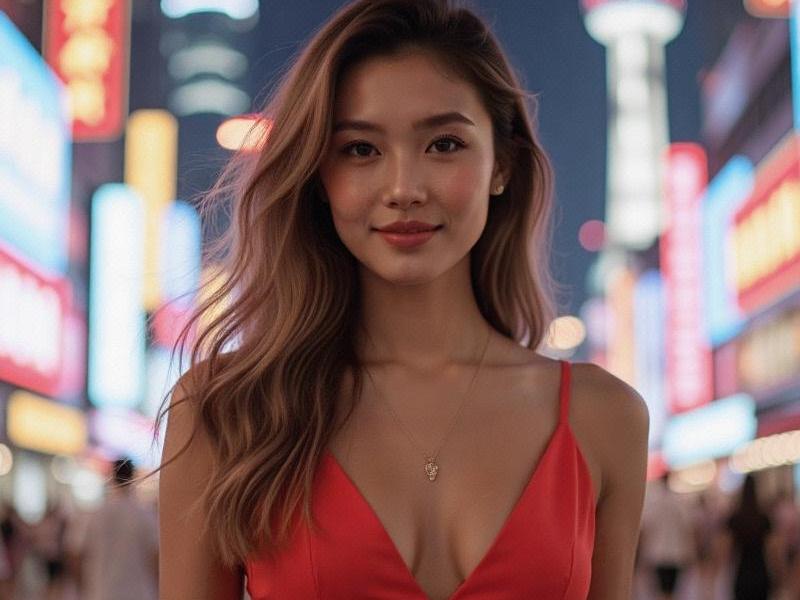This 2,600-word investigative feature examines how Shanghai women are crafting a distinctive metropolitan identity through fashion and beauty, blending Eastern traditions with Western influences in China's most cosmopolitan city.

Section 1: Historical Foundations
Legacy of Glamour:
- 1920s-1940s: Birth of modern Shanghai femininity
- The qipao's transformation from traditional dress to fashion statement
- Comparative analysis: Shanghai vs. Hong Kong beauty ideals
- Post-reform era beauty standards evolution (1978-present)
Section 2: The Beauty Economy
Market Forces:
• $4.8 billion annual beauty spending in Shanghai (2025 est.)
• Domestic brands vs. international luxury competition
爱上海最新论坛 • The "K-beauty to C-beauty" transition phenomenon
• Plastic surgery tourism patterns
Section 3: Street Style Semiotics
Urban Coding:
- District-by-district style breakdown (Xintiandi vs. Tianzifang)
- Office fashion vs. weekend wear dichotomies
- Emerging gender-fluid fashion movements
- Vintage revival subcultures
上海龙凤419 Section 4: Digital Influence
Virtual Runways:
1. Xiaohongshu (Little Red Book) beauty trends analysis
2. Livestream shopping conversion rates
3. AI makeup try-on technologies
4. Virtual influencer phenomena
Section 5: Cultural Contradictions
Identity Tensions:
- Traditional "fair skin" ideals vs. modern tanning trends
上海品茶网 - Feminist reclaiming of beauty rituals
- Intergenerational style conflicts
- Class signaling through fashion choices
Section 6: Future Projections
Next Wave:
- Sustainable luxury movements
- Tech-infused beauty innovations
- Cultural heritage reimaginations
- Body positivity adaptations
Shanghai's fashion landscape offers a compelling case study of how urban Chinese women are negotiating global influences with local identity, creating a distinctive metropolitan aesthetic that challenges both Western and traditional Chinese beauty norms.